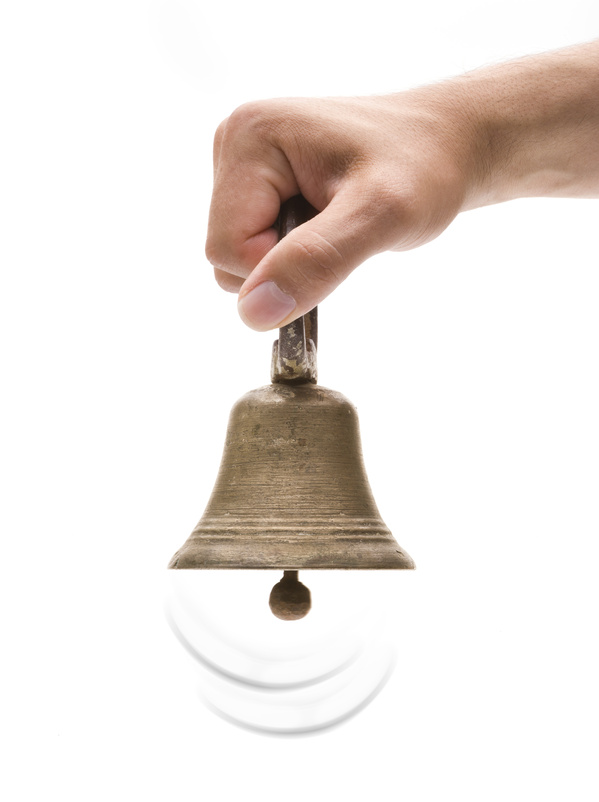“. . . the jury will disregard that last answer . . .”
“. . . I’ll instruct the jury on that at the end of the case . . .”
“. . . you can’t un-ring the bell . . .”
One side is cursing under their poker face, trying not to let the jury see. The other side is beaming under their poker face, trying not to let the jury see. The jury is saying “What?” under their perplexed face, not caring who sees. BUT, the jurors’ brains are now basking in the glow of this episode of the Scarcity Principle.
Now you have the perplexed face.
We have a tendency to want something that we are not allowed to have. The scarcer, the better. Marketing studies have shown this over and over again, but an ancient study (Broeder, 1959) shows how the scarcity principle can directly affect a jury. Research participants in their study were assigned to three groups. Each group heard audio tapes [1959 high tech] of a trial in which the plaintiff was injured in a car accident caused by a reckless defendant driver. Under different experimental conditions, the three groups arrived at very different outcomes:
- Condition 1: no information about insurance came up — damages were $33,000.
- Condition 2: defendant said he had liability insurance – damages were $37,000.
- Condition 3: defendant said he had liability insurance AND the judge told the jury to disregard it as inadmissible information – damages were $46,000.
The scarcity principle tells us that we value banned and scarce information more than other information. We have a stronger reaction to information when we believe it is somehow restricted, as in officially censored by a judge.
The scarcity principle, which should be spelled “SCARE-city” for attorneys in trial, is always in play. It is like gravity—believing in it or not believing in it doesn’t change its presence.
During trial, it suggests:
- Crafting your motions in limine so that the information never sees the light of day in the courtroom;
- Coaching your witnesses within an inch of their lives if they have testimony that could put the principle in play [inadvertently];
- Contemplating the value of objecting versus letting the information go [“do I draw attention to it or not?”];
- Weigh into that decision whether “winning” an admonition from the judge is worth the potential 40% value that the official admonition just added to the verdict
- Moving for a mistrial;
- Using the study as the underlying science for backing up an appeal. [Broeder, D. (1959). The University of Chicago Jury Project. Nebraska Law Review, 38, 744-760.]
At the very least, it might be useful to create a running list of the information that might trigger these problems as the litigation proceeds. This will prepare you to fight the fight or elect not to fight when the time comes. You will have rehearsed what you want to do ahead of trial, rather than having to react in the heat of the moment.
P.S.: the information in these Persuasion Tips © is ONLY available to my subscribers, like you! Think about it, but don’t tell anyone else.
Share This Story, Choose Your Platform!
Click below to add your email address to our mailing list and receive the latest Persuasion Tips right in your inbox!

